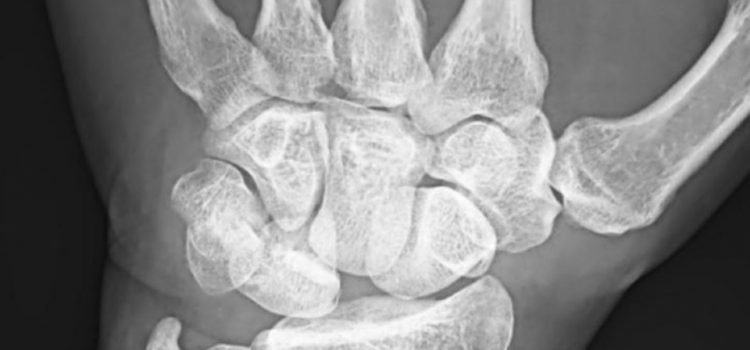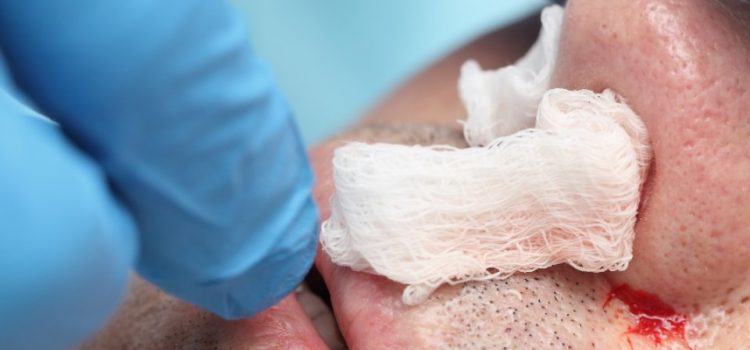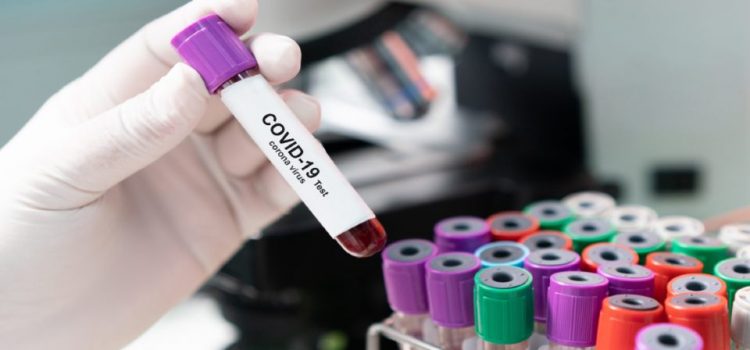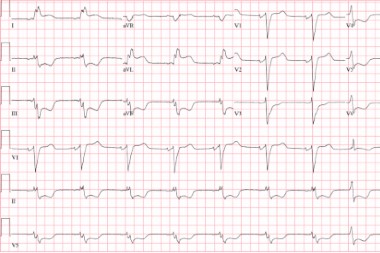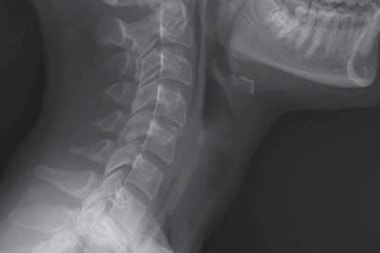Urgent message: Realistic—and recurring—simulation of emergency scenarios is essential to helping urgent care providers and support staff function as a team when real-life pediatric emergencies take place in the urgent care center. Ilanalee Cabrera, MSN, RN, CPNP, Wilma Santiago, BSN, RN, CPN, Tiffany Christensen, Rachel Lucas, DO Citation: Cabrera I, Santiago W, Christensen T, Lucas R. Using simulations and skills stations to enhance emergency preparedness in pediatric urgent care. J Urgent Care Med. 2021;15(10):31-33. Introduction …
Read More
